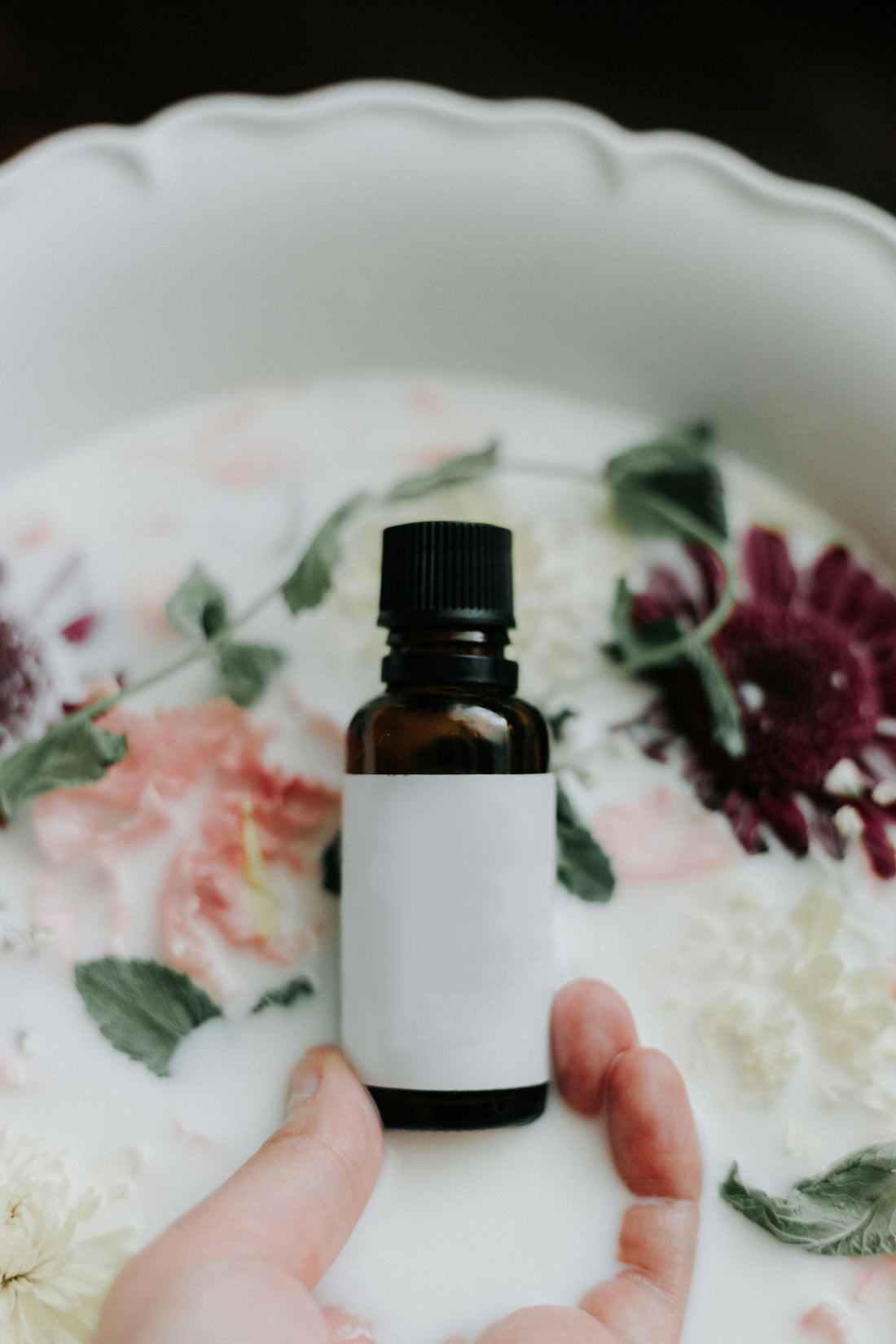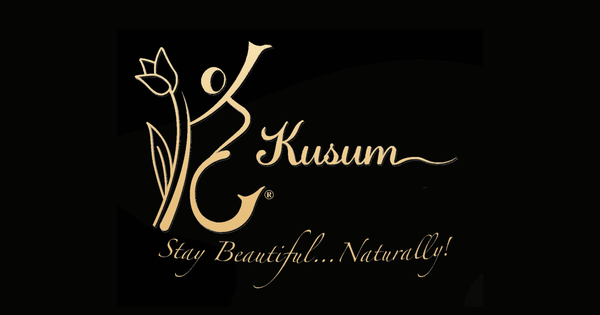
Cosmetic Product Contents- Everything You Need to Know.
Share
The cosmetic world is an ever-expanding phenomenon. Millions of products are already in the market and thousands of new products are launched every year. Thousands of cosmetic companies market their products making various claims ranging from “effective” to “miracle cure”.
How closely you have ever examined or interpreted the cosmetic product contents you use? If you do, do you understand some or all of them?
For example, a product claims to be an “antioxidant” on its front label. Do you know which ingredient acts as an antioxidant? Is it Vitamin C or Butylated hydroxy Anisole and Butylated Hydroxytoluene? By the way, what is Butylated hydroxy Anisole and Butylated Hydroxytoluene? Are you going to put that product on your face?
Even if you are well aware and scrutinize everything you buy, this blog post will serve as your fundamental guide to understand common cosmetic substances, their common names, and how they are listed on the product. Happy reading!
What is what?
Our recent blog post- Terminology: the art of Cosmetic Science discusses commonly available cosmetic products and their simplified explanation. Read the entire post here.
Looking past the charming label- Cosmetic product contents
Cosmetic products have their main product label, also called “principal display” and secondary labels such as the label in the back and on the top of the product container.

The principal display or the front label is what the customers see first. This label also happens to be the most important marketing tool for the product. It typically has a company name, logo, product name, weight or size, and other attributes.
But, the most important information is on the label stuck on the back or under the container. This is where the contents of the product are listed! Let us concentrate on the back panel for a minute.
How to read cosmetic product content label?
A product’s content label includes ingredients or the contents of the product by their INCI names. Some products may include both INCI names and common names. Common names are names by which the content is well known.
One example would be water. “water” is a common name for “aqua”, an INCI name! Another example would be Vitamin E (common name) and Tocopherol (INCI name).
Wait a minute! What is an INCI name? By the way, what is INCI?
Thank you for asking. You are paying attention!
INCI stands for the International Nomenclature of Cosmetic Ingredients. Read more about INCI here. Basically, this is a system designed to identify various cosmetic ingredients by their scientific names. To date, there are over 17,000 names on INCI-registered ingredients!
The importance of common and INCI names and why does it matter?
The complexity of INCI names may turn you off from looking at the back panel for a minute. We suggest you re-visit and make another effort to carefully read through the content panel.
What if you are allergic to sunflower oil (common name) and the product content listed Helianthus Annuus Seed Oil (INCI name)? It is your responsibility to read through the product information and understand it before buying and using a product!
Active and inactive ingredients
A common method of listing ingredients on the product label is their descending order of amount or concentration. For example, if a lotion is made with 70%water, 20%oil, and 10%glycerin, then water will be the first content listed on the label.
Several products such as sunscreen require particular mention of “active ingredient” on the back label. An active ingredient is supposed to perform a particular function for a particular condition.
An example would be an over-the-counter cream for acne with benzoyl peroxide. Benzoyl peroxide is considered an “active ingredient” because it is supposed to work against acne.
Some manufacturers list active ingredients separately and other (inactive) ingredients alphabetically, instead of their order of concentration. This way, it becomes difficult to estimate the amount of a particular ingredient in a product.
Fragrance/Perfume- what to watch for?
A fragrance is added for attraction purposes. Manufacturers are not required to disclose actual fragrance on their labels. Most products have a very small amount of fragrance compared to other ingredients.
However, fragrances can be natural or synthetic. Many products are available as “unscented”. A common belief is that such products do not contain any fragrance or perfume in it and are safe for use in people with allergies to fragrance. But these products often contain a small amount of fragrance (a.k.a. masking fragrance) to hide the unpleasant smell of other ingredients. Be sure to read the ingredients and perform a patch test before using such products. Some products may have aromatic ingredients and therefore impart natural fragrance.
Other ingredients- what are they?
Some ingredients that are used in a very small amount or they are present due to the unrefined nature of the base ingredient. These may be combined as other ingredients on a label. The trivial amount of presence reduces the risk of allergy but people with allergies should carefully evaluate such labels to avoid issues.
How do you feel after reading through this brief discussion? Will you change the way you evaluate cosmetic products? Let us know! We hope that you found this blog post informative and useful. We encourage you to routinely visit our blog and share it with your family and friends.
Disclaimer- This website and any of its content, comment, writing, or authors/contributors/writers do not provide or suggest medical, legal, or professional advice, opinion, or service. The information shared on this website is not intended to diagnose, treat, cure, or prevent any disease.
